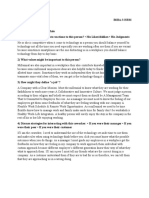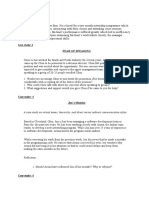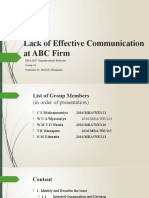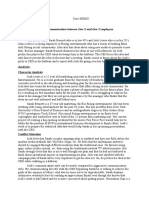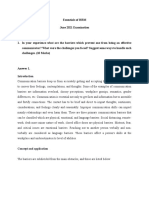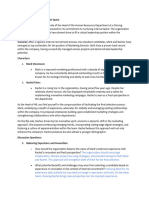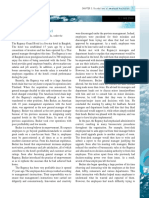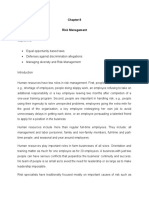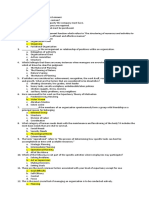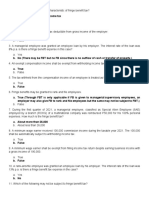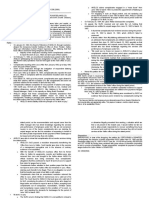0% found this document useful (0 votes)
17 views3 pagesManagerial Communication: Communication Strategy (Sayid's Case)
The case of Sayid at First Tech Solutions illustrates the conflict between employee interests and organizational needs, leading to frustration and decreased motivation due to insufficient communication and a lack of transparency from management. Sayid's repeated requests to shift to a testing role were ignored, resulting in his placement on a performance improvement plan despite his previous success. Recommendations for improvement include transparent communication during onboarding, regular check-ins on employee satisfaction, and initiatives for internal career movement to better align roles with employee interests.
Uploaded by
Nimai KrishnaCopyright
© © All Rights Reserved
We take content rights seriously. If you suspect this is your content, claim it here.
Available Formats
Download as DOCX, PDF, TXT or read online on Scribd
0% found this document useful (0 votes)
17 views3 pagesManagerial Communication: Communication Strategy (Sayid's Case)
The case of Sayid at First Tech Solutions illustrates the conflict between employee interests and organizational needs, leading to frustration and decreased motivation due to insufficient communication and a lack of transparency from management. Sayid's repeated requests to shift to a testing role were ignored, resulting in his placement on a performance improvement plan despite his previous success. Recommendations for improvement include transparent communication during onboarding, regular check-ins on employee satisfaction, and initiatives for internal career movement to better align roles with employee interests.
Uploaded by
Nimai KrishnaCopyright
© © All Rights Reserved
We take content rights seriously. If you suspect this is your content, claim it here.
Available Formats
Download as DOCX, PDF, TXT or read online on Scribd
/ 3













